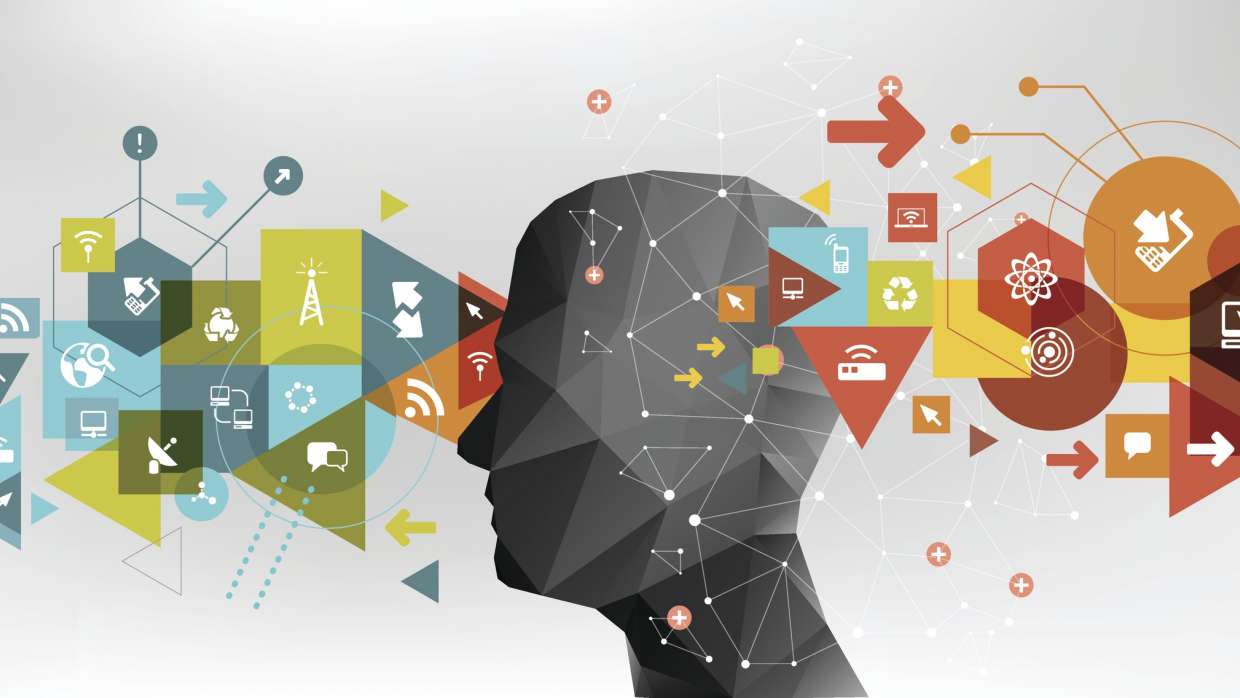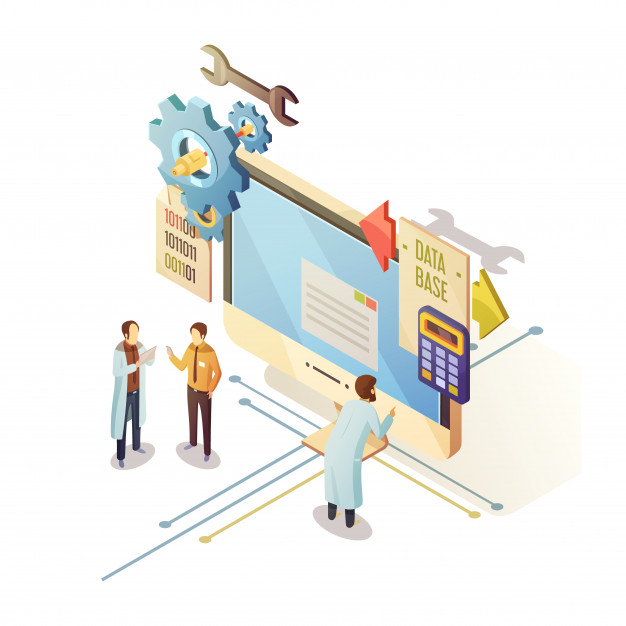CX meets Analytics: The new level in Customer Experience
3AI September 22, 2020

Customer behavior & expectations have seen a dramatic shift over the past decade or so. Customers are getting more empowered, more connected than ever and seek access to information, services, products anywhere, any time. And businesses today are leaving no stone unturned to keep pace with the customers’ ever-growing expectations & demands, and are trying to deliver seamless, integrated, “world class” experience across all possible touch points of interaction.
“Do more with less” is the new mantra making waves with the businesses & consumers alike. With less time, stricter budgetary constraints and lesser resources at disposal, it seems like the only thing that’s abundant for organizations today is the voluminous data. The growing volume of real-time omni-channel data and the reduced time for decision making, are forcing organizations to implement real-time delivery engines that make managers and key decision makers more effective. If you track the technological trends closely, you shall observe that the latest advances is allowing businesses to collect ever-growing piles of customer and prospect demographic, transaction and preference data. But more information doesn’t mean more insights and the right set of tools/technologies along with the right partners is imperative to realizing a successful customer-centric strategy. Even increasing competition, cost and regulatory pressures is motivating business leaders to embed analytics across core business functions, making business decisions smarter and more repeatable and replicable across multiple business scenarios reducing cost to serve customers drastically.
But in reality, only a handful of businesses today have truly been successful at building that culture of a customer-centric enterprise. In most cases, a well-intentioned strategy often gets diluted due to operational restraints (be it real or perceived) and a loss of focus, resulting in little more than lip-service being paid to the notion of building a customer-centric business. The plethora of customer data from an increasing number of sources is unarguably a gold-mine for any enterprise but, to transform this data deluge into actionable customer insights is yet an insurmountable challenge for most businesses today. The road ahead can be all the more daunting given the fact that customers today have umpteen more choices; hence expect companies and enterprises to know exactly what, when and how to engage them..
The flowing factors will be the game changers in acquiring and maintaining a large customer base:
Deeper Understanding, Better Engagement
Building a stronger customer experience can help you gain a deeper understanding of your customers to more effectively engage them, increasing retention and loyalty. This translates to a more profitable business and a heightened sense of fishing out the right customers.
In a recent report, the Tempkin Group noted, “Customer experience leaders have a more than 16% advantage over laggards in consumers’ willingness to buy more, their reluctance to switch business away and their likelihood to recommend.” Before a company begins making improvements, the first step is to ensure that everyone understands the context and goals that will generate actionable insights. Customers see one company. They don’t care if there are different divisions or departments that operate in silos. They want a seamless experience from one touch point to the next.
The best place to start any predictive analytics program is to take the time to define the objectives. Is the goal to decrease regulatory risk? Launch a new product? Reduce customer complaints?
To set the stage for successfully implementing predictive models across an organization, it’s also critically important to involve all relevant stakeholders early. It is important to build buy-in and collaboration, as well as determine whether existing resources will suffice or if there is a need to build new systems. By laying this foundation, executives have a clearer path for putting data-driven models to work.
Collect Data across All Channels
Only after the objectives are defined should data collection begin. Predicting customer issues requires a palette of data sources and analytical approaches. Companies should collect data from internal sources, social media, and regulatory or government bodies.
Social media is potentially the most important and unfiltered way to gain access into consumers’ thoughts and experiences. An important benefit of establishing a strong social media connection with customers is that they may be more likely to remain loyal to the business and open to growing their relationship. That digital experience is a key part of the overall customer experience.
Many industries also collect complaints via governmental bodies. In the financial industry, it may be the Consumer Financial Protection Bureau, which publically releases all consumer complaints made about banks, credit card companies, and lenders. Other industries may need to deal with the Better Business Bureau or other regulatory bodies that collect consumer complaints.
Tapping into next-gen Analytics
Instead of looking at the past and reacting to issues as they arise, predictive analytics uses all of the data available to predict how consumers are likely to respond. Once the data has been collected across internal, social, and regulatory sources, companies begin sorting the data to determine where the most valuable information lies. Analysts can characterize the data and provide preliminary assessments of how suitable each data source is to the desired goal.
Traditionally, segmentation has been used to divide customers into groups based on their demographics, attitudes, or buying behaviors. This helps in trying to target specific groups with the message that will best resonate with them. Utilizing predictive analytics, previously hidden patterns in the data help organizations generate more in-depth customer segments. The resulting segmentation is more precise and nuanced, and is ultimately based on the likelihood that a consumer will accept a given offer. The result is a win-win situation, as customers are offered more relevant products and services, leading to a more profitable relationship for the organization.
Beyond segmentation, there are several other ways that predictive analytics can positively impact success. Advanced analytics techniques can help companies leverage data for more profitable outcomes across the organization, including:
- Identifying strategies to reduce attrition
- Targeting improvements at key touch points to accelerate issue resolution
- Increasing cross-sell rates with sophisticated customer segmentation
- Boosting the value of your Voice of the Customer program.
Whatever the most important objectives, predictive modeling can help any company transform mountains of customer data into valuable insights that can make a powerful difference for both key customers and the business.






